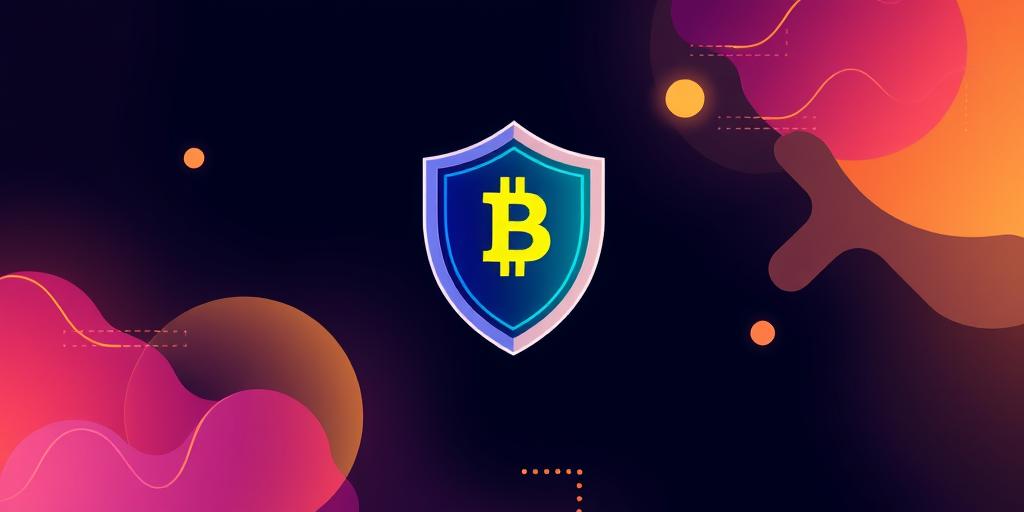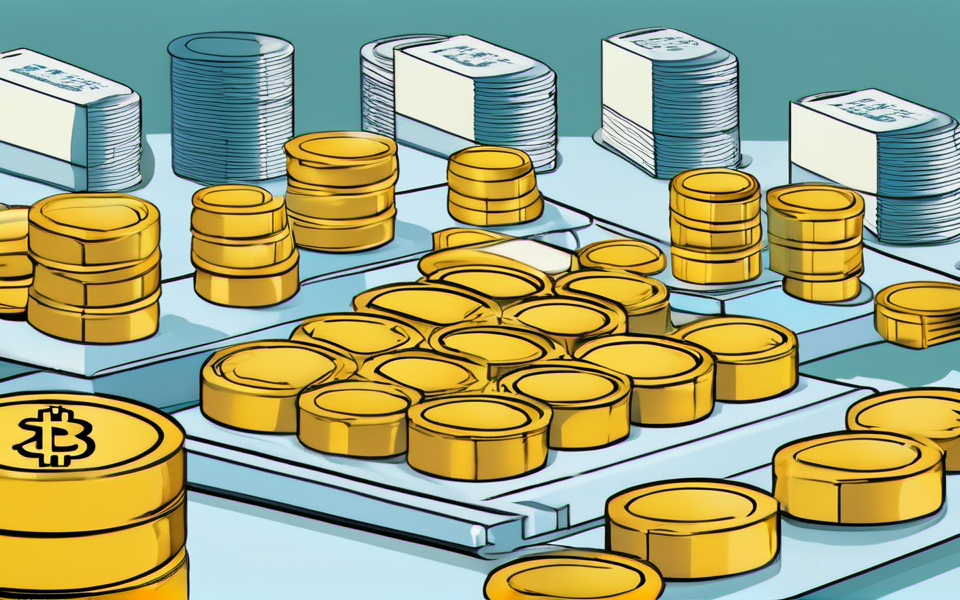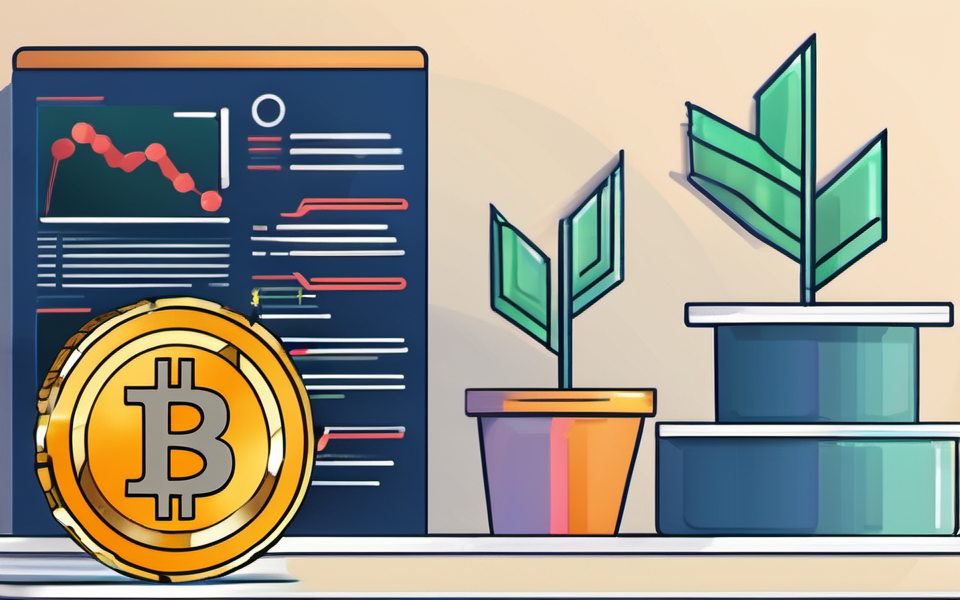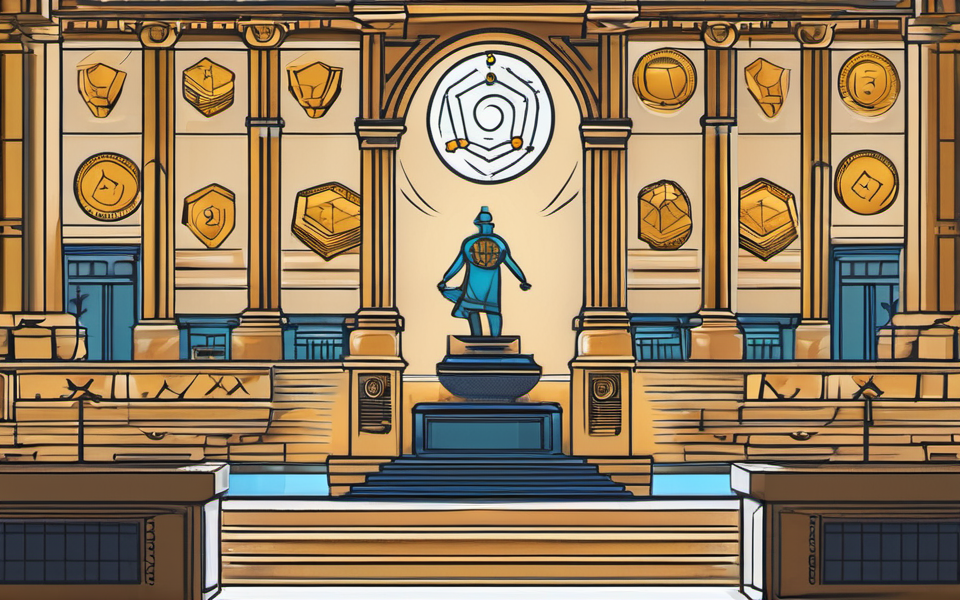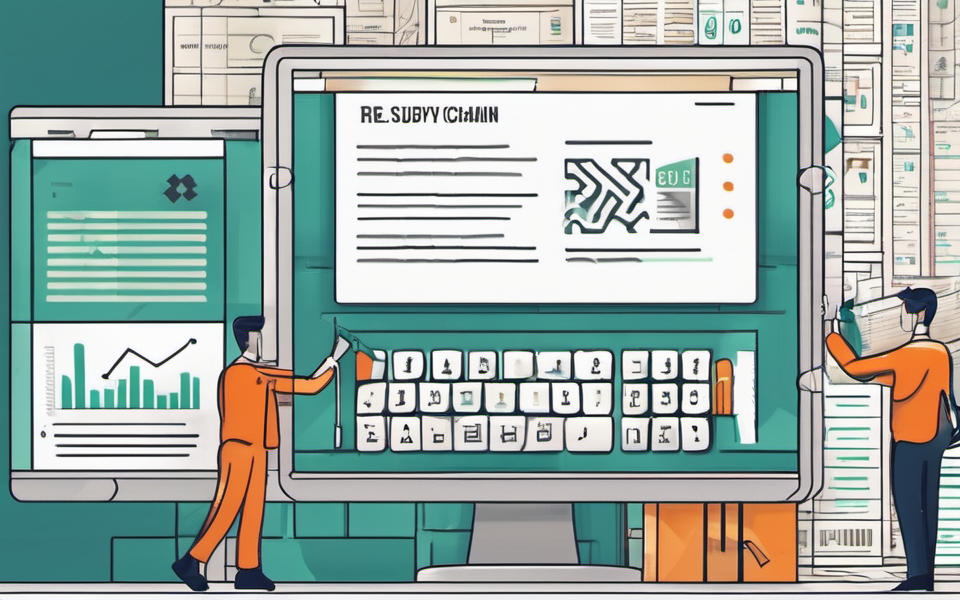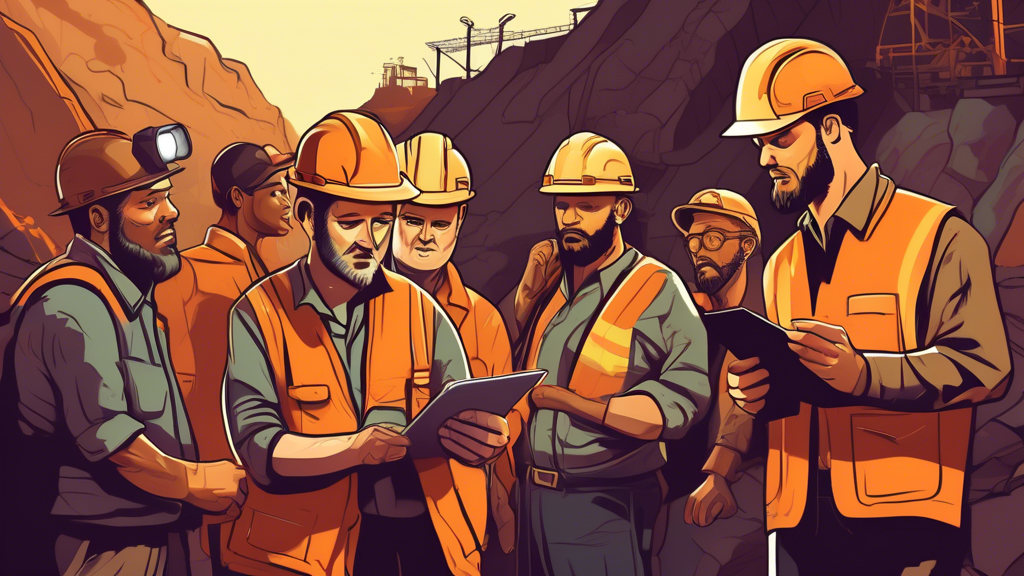From $100 to Crypto Pro: My Journey to Smart Investing
Learn how one person turned $100 into a successful crypto portfolio. Discover smart investing strategies and tips for beginners.
Personal Experience and Journeys

April 2025 Crypto Rewards: Top Coins for Staking This Month
Discover the top crypto coins for staking in April 2025. Earn passive income and support blockchain networks with Solana, Cardano, Polkadot, Ethereum, and Tezos.
The Unexpected Joy of Staking: My Passive Income Adventure
Unlock the secrets to earning passive income through cryptocurrency staking. Learn from a real-life journey, discover proven strategies, and maximize your returns with expert tips and tricks. Start your passive income adventure today!
Don’t Miss Out! Crypto Strategies I’m Loving in Early 2025
Uncover winning crypto strategies for early 2025. Learn from expert insights and actionable tips to navigate the crypto market and potentially boost your returns. Don't miss out!
How Crypto Taught Me Patience and Long-Term Vision
Discover how the unpredictable world of cryptocurrency taught valuable life lessons about patience and long-term vision. Learn from real-world experiences and insights into navigating market volatility and achieving success in crypto investing.
Staking and Yield Farming in 2025: Let's Make Passive Income!
Unlock the secrets to generating passive income in 2025 with our comprehensive guide to staking and yield farming. Learn proven strategies, mitigate risks, and maximize your crypto returns!
Investment Strategies and Tips

Diversification is Key: My Balanced Crypto Portfolio Approach
Learn how to build a balanced crypto portfolio through diversification. Discover my personal strategy for managing risk and maximizing returns in the cryptocurrency market.
By Sarah Johnson • 5 hours ago
The Art of Selling High: Cashing Out Profits the Smart Way
By Michael Wong • 8 hours ago
Mastering Risk Management: Protecting My Crypto Investments
By Michael Wong • 8 hours ago
My Journey to Crypto Financial Freedom: A Step-by-Step Guide
By Michael Wong • 8 hours ago
The Power of Patience: My Long-Term Crypto Investment Strategy
By Michael Wong • 8 hours ago

How I Doubled My Crypto Portfolio in One Year (And You Can Too!)
Learn how I doubled my cryptocurrency portfolio in one year and discover strategies you can use to achieve similar results. Includes tips on research, diversification, and risk management.
Budgeting and Saving with Crypto
Crypto Finance Case Studies
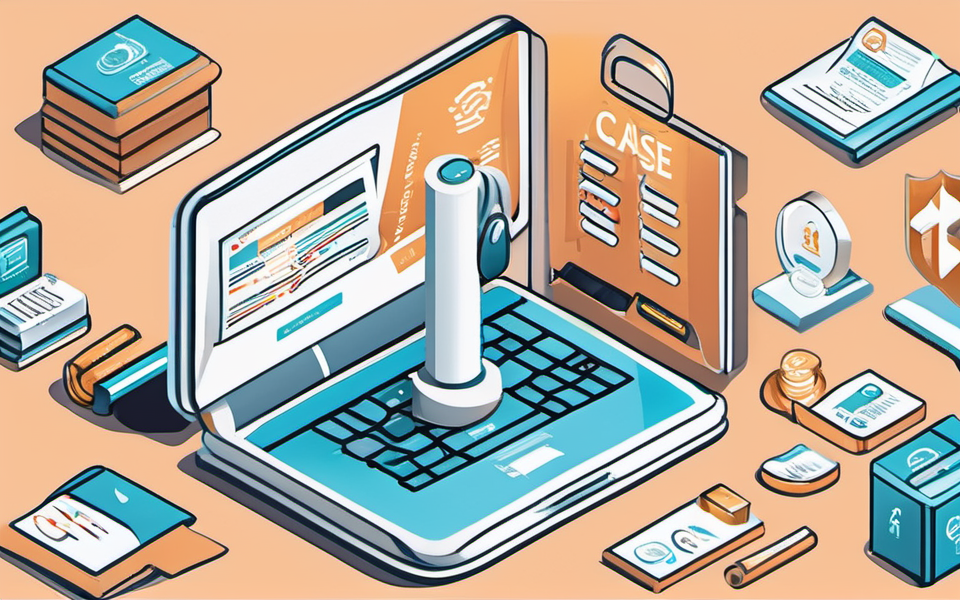
Case Study: Using Blockchain for Secure and Transparent Identity Management in Finance
You Think You Know Identity Verification? Think Again! 🤯 You know that feeling when you have to enter…
Mining and Staking
More News

Tax Implications of Bitcoin Trading During a Market Correction (2025)
Learn about the tax implications of Bitcoin trading during a market correction in 2025. Understand capital gains, wash sales, and how frequent trading affects your tax liability.

The Importance of Cold Storage During a Bitcoin Market Downturn (2025)
Learn why cold storage is crucial for protecting your Bitcoin during market downturns. Discover different cold storage methods and choose the best option for your needs.

Protecting Your Bitcoin from Scams and Hacks During the 2025 Crash
Learn how to protect your Bitcoin from scams and hacks during the potential 2025 crash. We'll cover essential security tips and strategies to safeguard your crypto investments.

Setting Realistic Expectations for Bitcoin Investments in 2025
Setting realistic expectations for Bitcoin investments in 2025 is crucial. Learn about managing risk, diversifying your portfolio, and navigating market volatility for long-term success.

Creating a Bitcoin Emergency Fund: Preparing for the 2025 Market Downturn
Learn how to create a Bitcoin emergency fund to protect yourself from the potential 2025 market downturn. We'll cover storage, dollar-cost averaging, and more!

Bitcoin's Adoption Rate and the 2025 Price Correction: A Deep Dive
Analyzing Bitcoin's adoption rate and predicting a potential price correction in 2025. A deep dive into market trends and future prospects.

The Impact of Macroeconomic Factors on Bitcoin's 2025 Price
Analyzing the macroeconomic factors that could influence Bitcoin's price in 2025, including inflation, interest rates, economic growth, regulation, and technological advancements.

Learning From Past Bitcoin Corrections: Applying Lessons to the 2025 Market
Learn from past Bitcoin corrections and apply these lessons to navigate the 2025 market with confidence. Diversification, DCA, patience, and research are key strategies.

Debunking Myths About Bitcoin Crashes: A 2025 Perspective
Debunking common myths surrounding Bitcoin crashes, offering insights and analysis from a 2025 perspective. Learn about market cycles, risk management, and the future of Bitcoin.
The Daily Newsletter
Get the latest news delivered to your inbox
Latest News
Most Read
Advertisement Space







